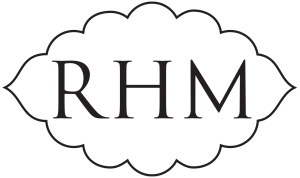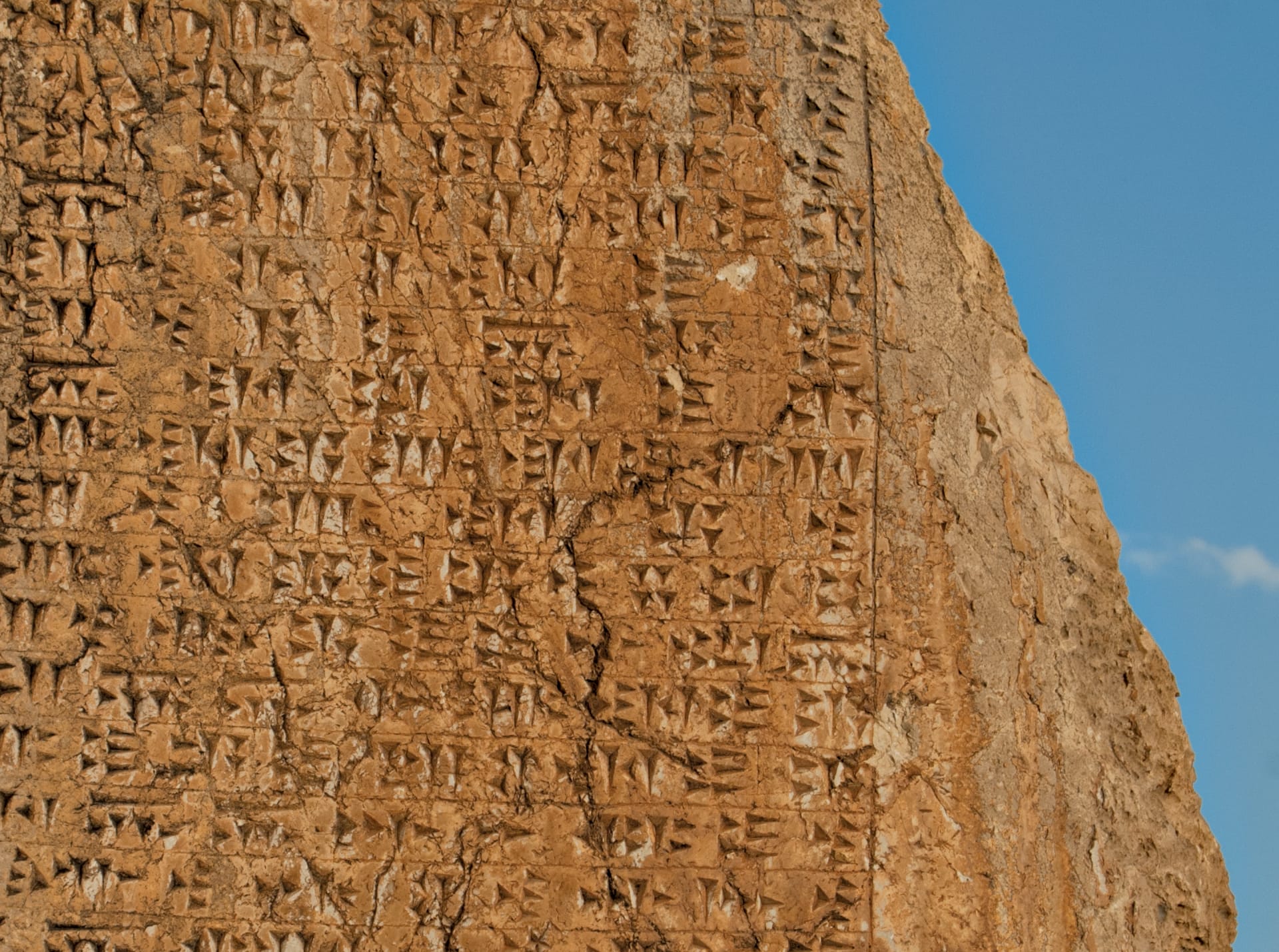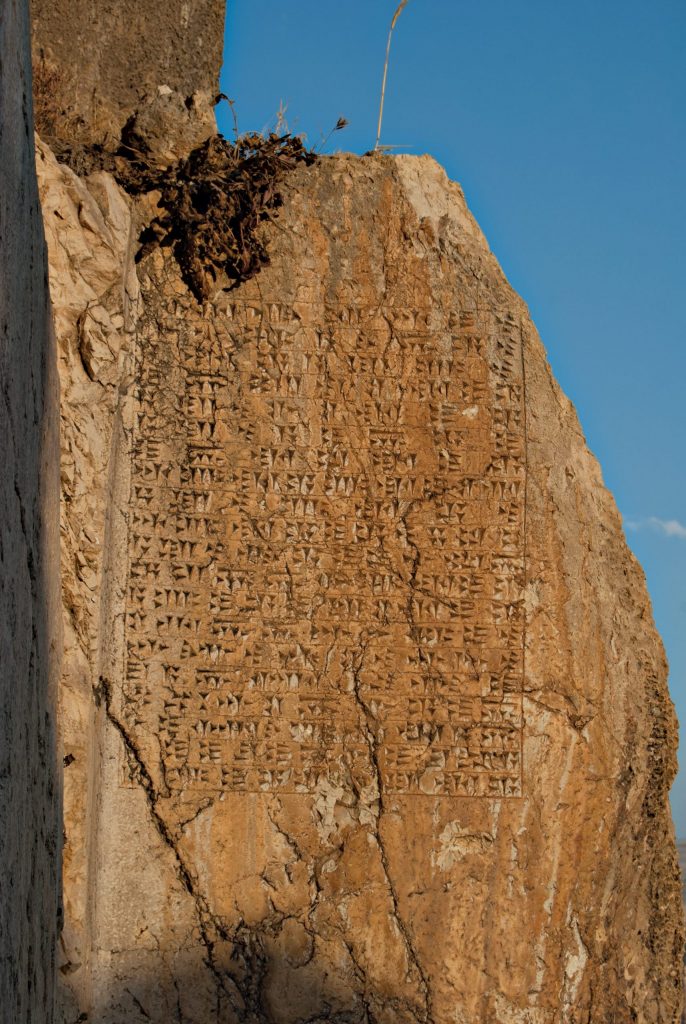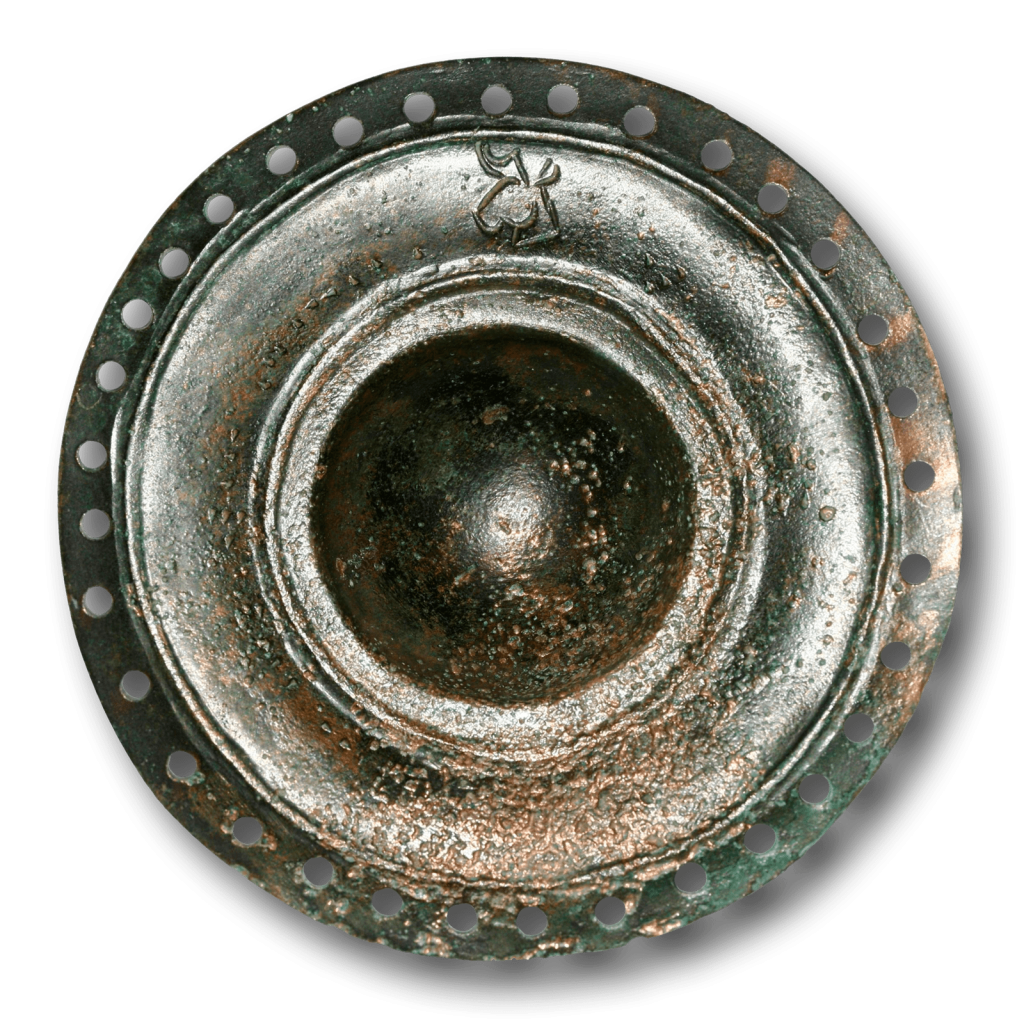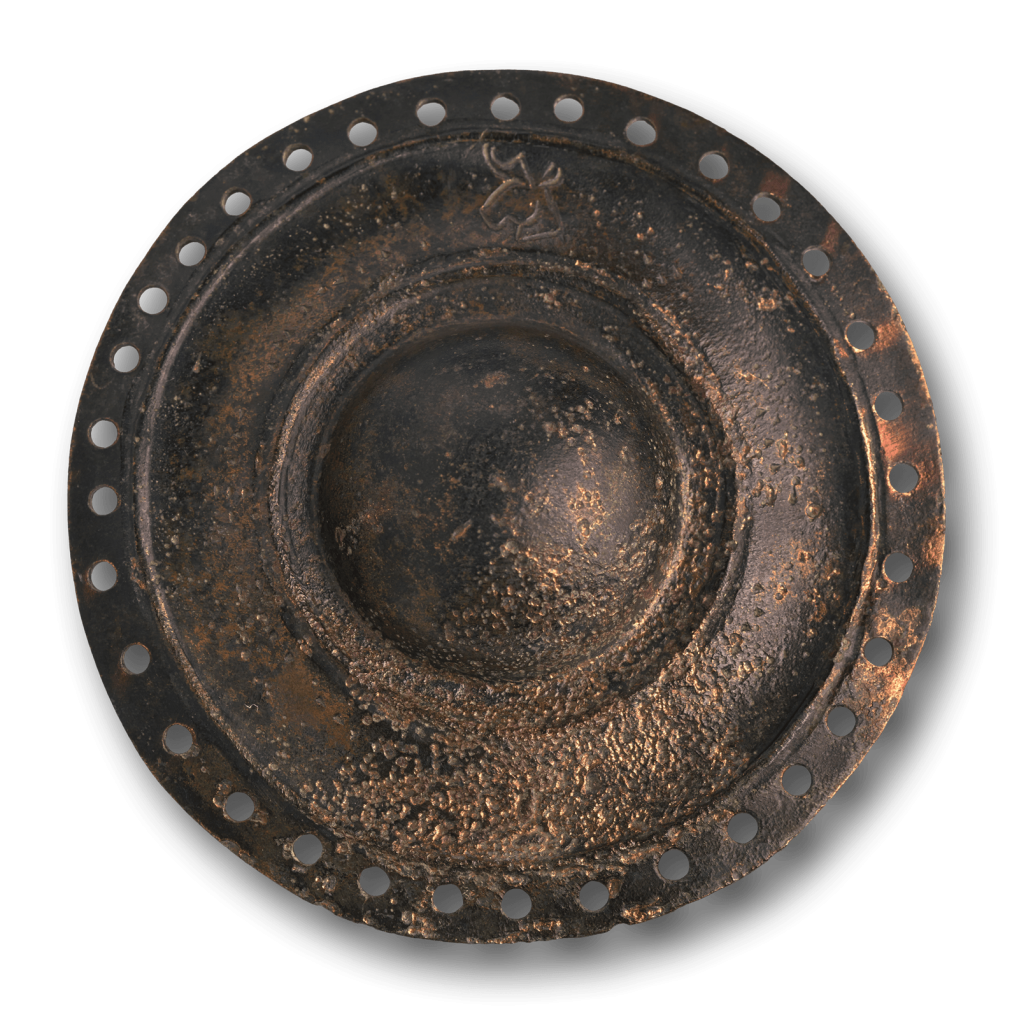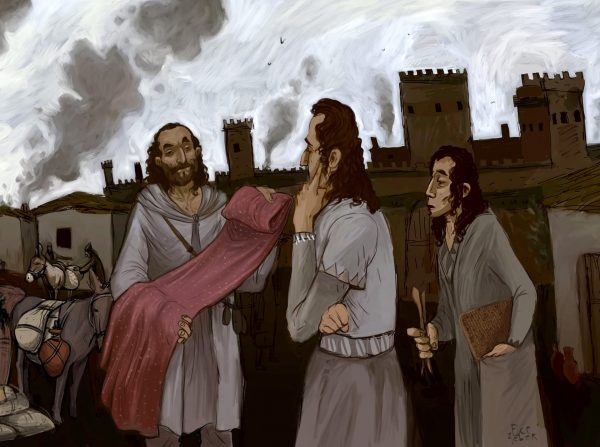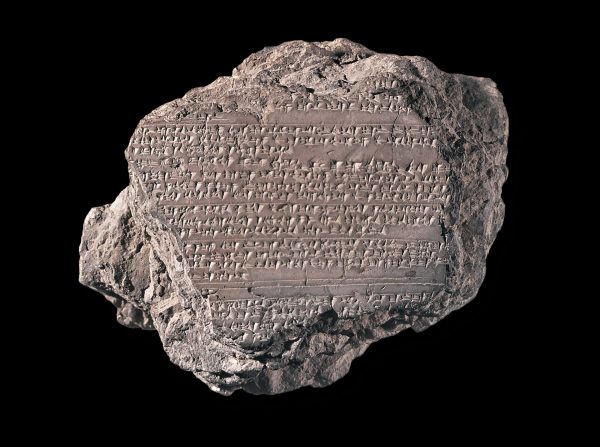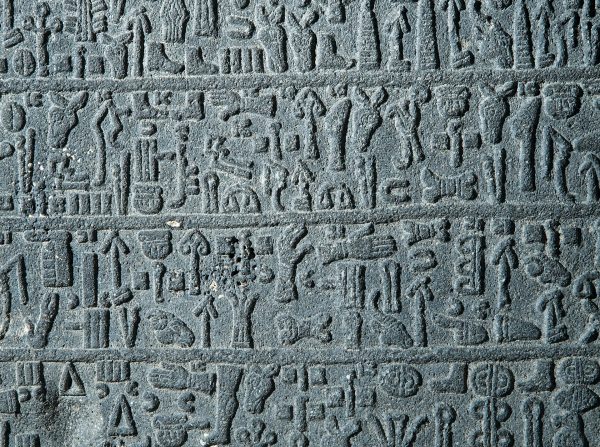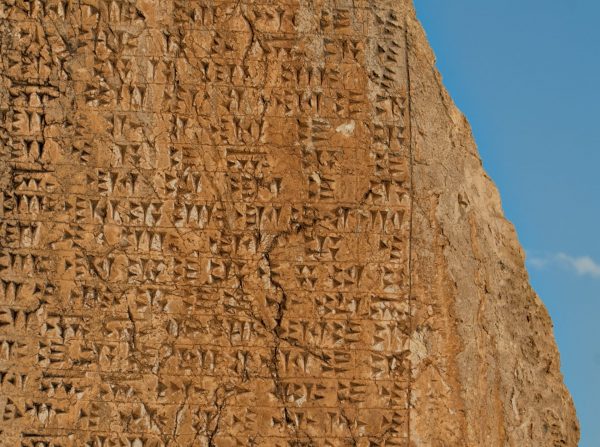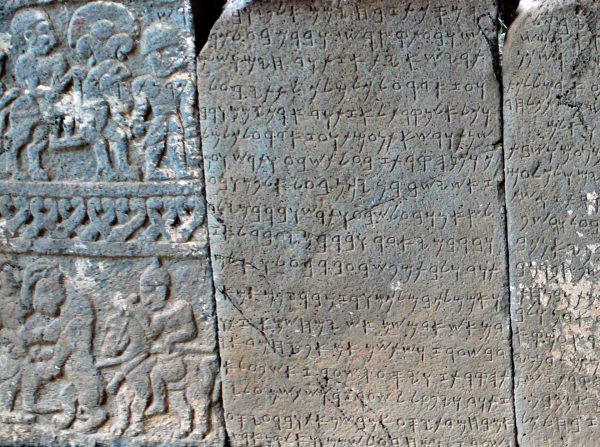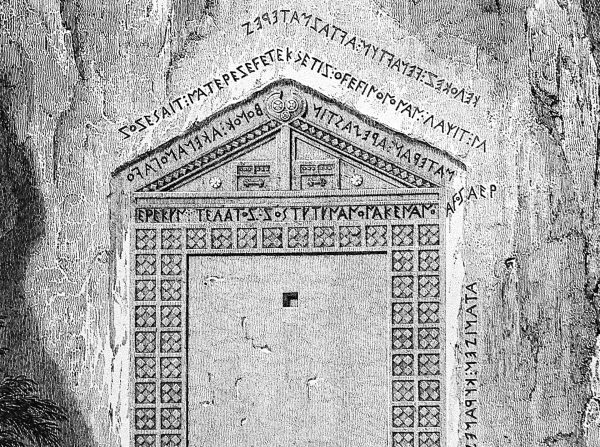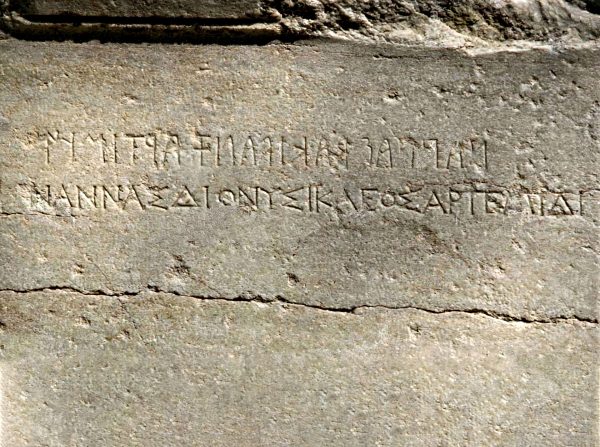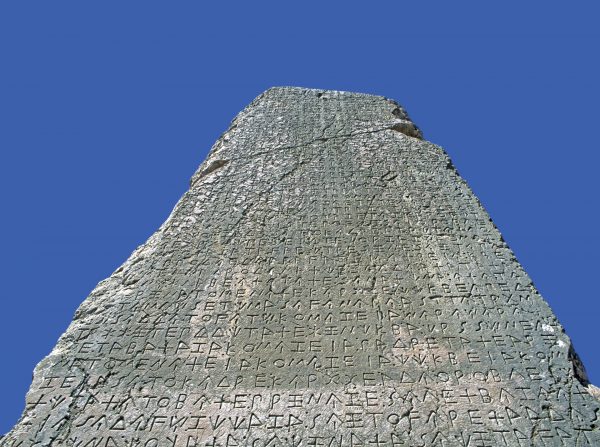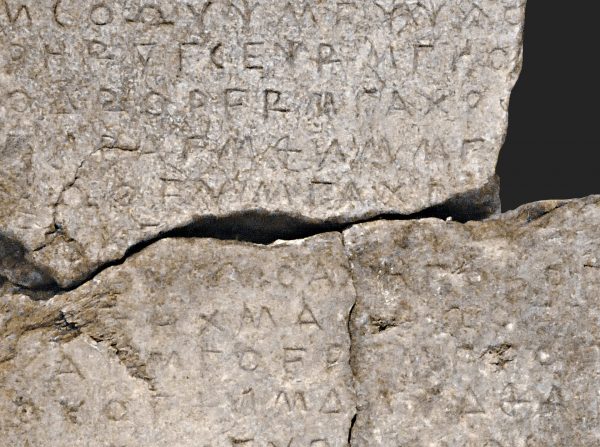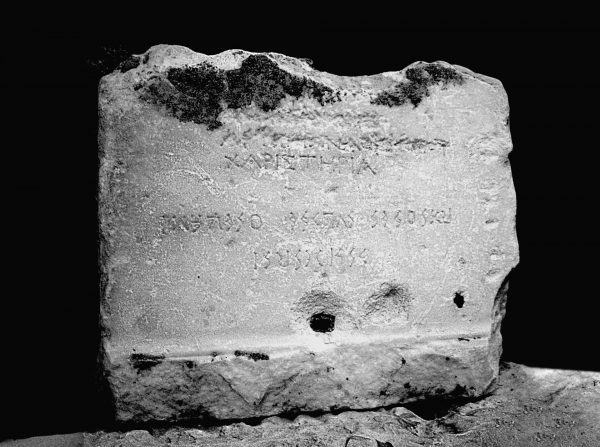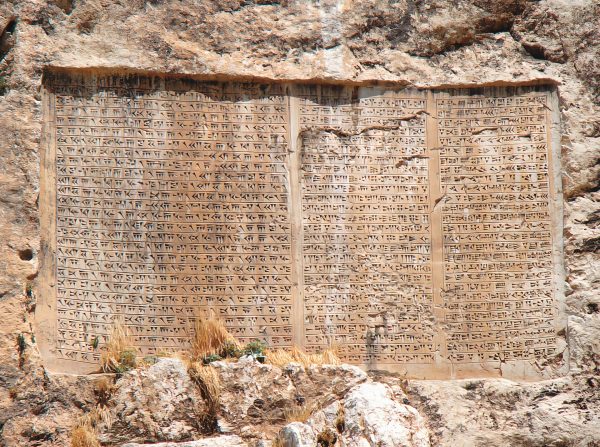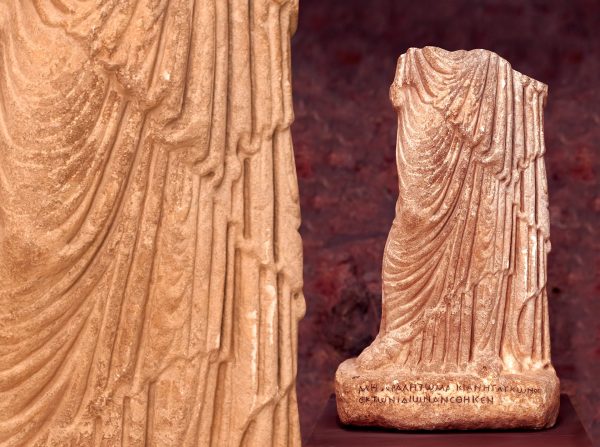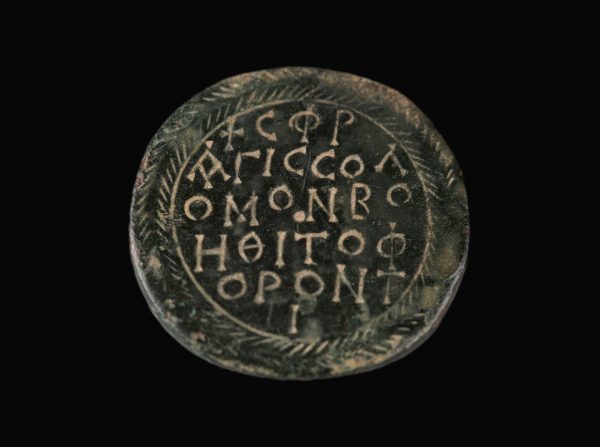Hurrian and Uruartian are members of a language family known as Hurro-Urartu, which has no genetic ties with any known language group or the Ancient Near Eastern languages.
From nearly the second half of the 3rd millennium BC until the end of the 2nd millennium BC, Hurrian was spoken across an entire region extending from northeastern Iraq to southeast Anatolia, almost encompassing all of Mesopotamia and north of Syria. The only language related to Hurrian is Urartian, the official language of the Urartu Kingdom in 1st millennium BC. Hurrian and Uruartian are members of a language family known as Hurro-Urartu, which has no genetic ties with any known language group or the Ancient Near Eastern languages. Similar to present-day Turkish and Sumerian in Ancient Near East, Hurrian and Urartian are agglutinative languages.
Using the new Assyrian cuneiform, Urartians left behind nearly 500 inscriptions. The majority of these is comprised of buildings, votive offerings, and annals and have been inscribed on walls, columns, pillars, pedestals, steles, or rocks. A scarce number Urartian tablets comprised of administrative texts have also been discovered.
Although all Urartian documents are written with the New Assyrian cuneiform, there exist a number of short administrative inscriptions written in a kind of script known as “Urartian Hieroglyphics” and still not deciphered to date. The oldest known Urartian inscription tablet is dated approximately to 820 BC, to the reign of King Ishpuni (830-820 BC).
Argishti Inscription
Place of Discovery: Van
Language: Urartian cuneiform
Date: 785-763 BC
On the walls of the rock tomb in the south end of Van Castle.
… “I have embarked upon a campaign against the Land of Apuni and captured the City of Ureiu and the royal city of Uiteruhi. With 19.255 young men, 10.140 live warriors, and 23.280 women, a total of 52.675 individuals, (are the number of captured) (in that) year. I killed some and took others alive. I maintained 1.104 ta , 35.015 bovines and 100 thousand, … , 1.829 small cattle. Argishti says: I did these heroic acts (within) on year for the sake of God Haldis” …
Known as the Horhor Annals, this inscription is inscribed on eight columns and recounts the campaigns of King Argishti.
Bronze Object
Place of Discovery: Van
Language: Urartian cuneiform
Date: Argishti I, 785-763 BC
Material: Bronze
Rezan Has Müzesi Collection
These simple inscriptions on metal often indicate the name of the king to which the work belongs. The word “ar-gi-iŝ-ti-i ú-ri-iš-hi” is read in the Latin transcription of the inscription, meaning, “It belongs to Argishti.”
